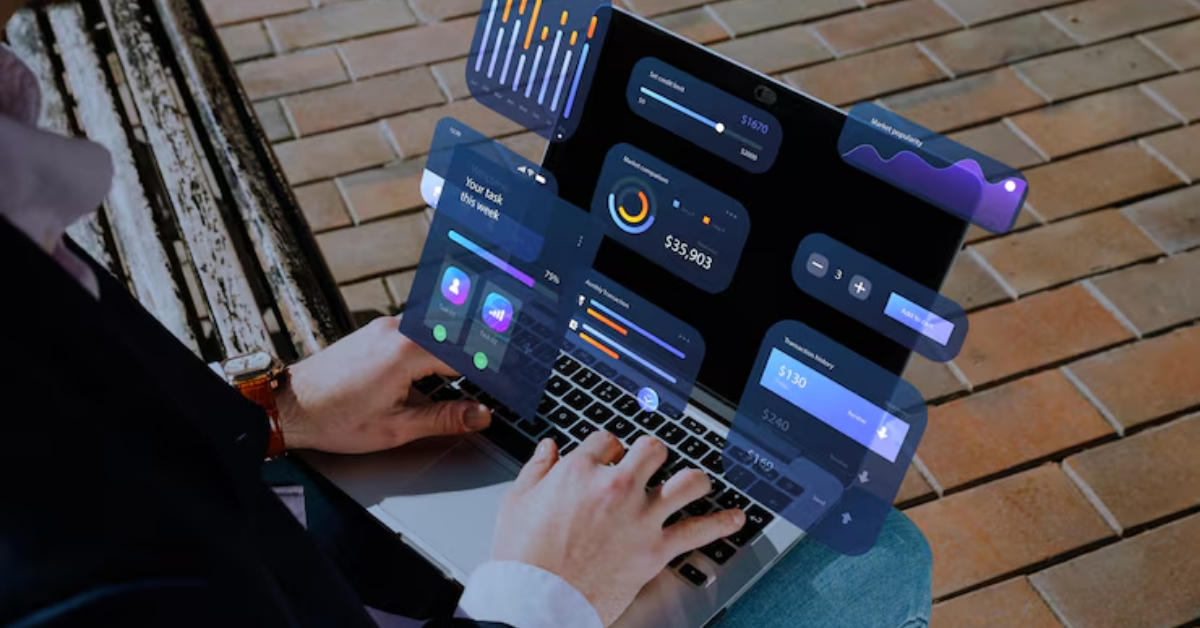Southeast Asia (SEA) presents unique opportunities and challenges for companies looking to tap into the region’s diverse and dynamic talent pool. In our recent webinar – Tapping into the Talent Pool in Southeast Asia, experts from Esevel, Multiplier, and Veremark shared their insights on the best practices for recruiting, onboarding, and retaining skilled professionals in SEA.
You can re-stream the webinar right here 👇:
Or,
We have summarized all the key takeaways from the webinar, providing actionable advice for businesses aiming to build effective remote teams in this vibrant region.
What makes Southeast Asian talent stand out?
Southeast Asia (SEA) is a diverse and dynamic region comprising 11 countries, including Indonesia, the Philippines, Vietnam, Thailand, and Singapore. The region is known for its rich cultural heritage, with each country boasting unique traditions, languages, and customs.
Geographically, SEA is a critical hub for international trade, strategically situated between major economic powers such as China and India.
With such unique economic advantages, Southeast Asian talent has also become increasingly attractive to global employers, especially those from Hong Kong and China, for several compelling reasons:

- Cost efficiency: Hiring in SEA is significantly more cost-effective than in regions like Hong Kong.
Salaries in SEA can be 50-60% lower, offering substantial savings for companies.
- Young and educated workforce: SEA boasts a young population with high educational attainment. With over 200 million young people, the region offers a rich pool of fresh university graduates eager to work, particularly in technical fields.
- Improving English proficiency: English proficiency has markedly improved, especially among the younger generation in countries like the Philippines and Indonesia. This enhancement makes SEA talent more competitive in the global market, where English is the predominant business language.
- Strategic location and economic growth: SEA’s strategic location and growing middle class contribute to its economic dynamism. Countries like Singapore serve as natural business hubs, facilitating regional trade and commerce.
- Tech-savvy workforce: The burgeoning digital economy and high smartphone penetration have cultivated a tech-savvy workforce. This readiness for digital engagement makes SEA talent particularly valuable for tech-driven companies.
These factors collectively make SEA an appealing region for global companies, but which are the best channels to tap into this potential talent pool?
Effective recruitment channels for hiring in Southeast Asia
When it comes to recruiting top talent in Southeast Asia, leveraging the proper channels is crucial for success.
Word-of-mouth referrals stand out as one of the most effective methods. Referrals from current employees, investors, and industry contacts not only provide high-quality candidates but also ensure that these individuals are an excellent cultural fit for the company.
“The best quality of people we get and the fastest turnaround time is from word-of-mouth referrals. This method results in a very strong fit and high-quality hires.” – Yuying Deng, CEO at Esevel

This method is cost-effective, as it often saves on recruitment fees and typically results in hires more likely to succeed and remain with the company long-term.
LinkedIn has also proven to be an indispensable tool for recruiting in SEA. LinkedIn’s vast network of nearly one billion users worldwide enables companies to reach a large pool of potential candidates.
In countries like Indonesia, Vietnam, and Singapore, LinkedIn job postings can attract many qualified applicants quickly, sometimes yielding up to 100 quality CVs within a day. Although LinkedIn’s premium services can be expensive, its free job posting option provides an accessible way for startups and smaller businesses to tap into this resource.
Lastly, local recruitment firms can play a vital role in your hiring process as well. These firms, such as NodeFlair, specialize in different SEA countries and offer tailored recruitment services, including pre-filtering candidates based on specific criteria. Their extensive local networks and understanding of regional nuances help companies find the right talent efficiently.
These firms can be particularly beneficial for companies hiring across multiple SEA countries, as they can direct businesses to the right recruiters for each region, ensuring a streamlined and effective hiring process.
The best way is a mixed sourcing strategy. Combining these recruitment channels—word-of-mouth referrals, LinkedIn, and local recruitment firms—allows companies to navigate the competitive talent landscape in Southeast Asia effectively.
Best practices for successfully onboarding remote employees
The best remote employee onboarding experience requires careful planning and execution to ensure new hires are productive and integrated into the company culture from day one. Here are some best practices highlighted in the webinar:
- Methodical Onboarding Process:
- Buffer Time: Provide sufficient lead time between procurement of devices and the employee’s start date to account for potential delays.
- Local Procurement: Avoid international shipments for devices. Instead, purchase from local authorized resellers to prevent customs issues and ensure timely delivery.
- IT Automation:
- Setup Efficiency: Use IT automation software to streamline the setup process, including email account creation, access to SaaS applications, and configuration of security policies.
Esevel offers an all-in-one IT platform designed to streamline the onboarding process even further to support companies with remote teams across 88 countries. We help businesses manage IT procurement, onboarding, hardware support, and device management with ease.
👉 Free resource for you: The IT Employee Onboarding Checklist
- Error Reduction: Automation minimizes errors and reduces the time spent on manual setups, ensuring employees can start working productively on their first day.
- Human Aspect of Onboarding:
- Meet and Greet: Facilitate virtual or in-person meet-and-greet sessions to help new hires connect with their team members and feel welcomed.
- Structured Plans: Implement detailed 30-60-90 day plans outlining specific actions and goals for new hires. This clarity helps them understand their role and contributions to the company’s success.
- Frequent Engagement: Conduct daily stand-ups and monthly one-on-ones to maintain regular communication and engagement. These interactions help remote employees feel connected and supported.
Grow your remote team in SEA with ease
To effectively hire and onboard talent in Southeast Asia, it’s essential to understand the region’s unique characteristics and leverage the most effective recruitment channels. Companies can ensure that their remote teams are productive, engaged, and aligned with their goals by implementing methodical onboarding processes and focusing on technical and human aspects.
Whether you’re a startup or a large enterprise, these best practices will help you build a strong, dynamic workforce in SEA and drive your business toward success.







